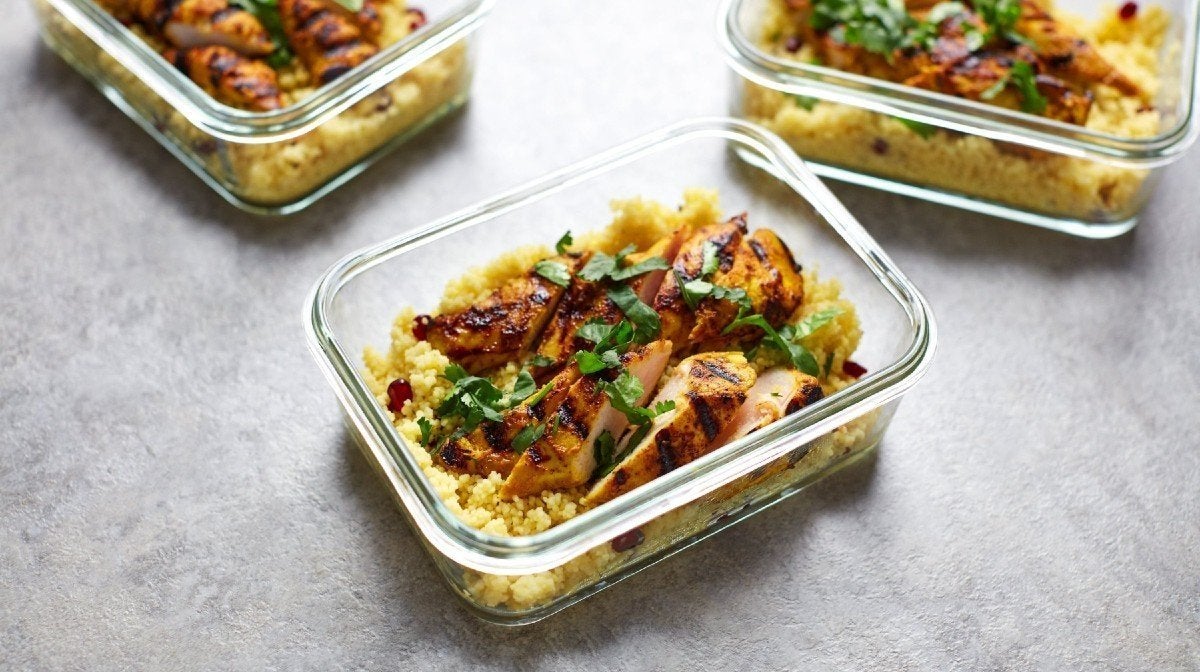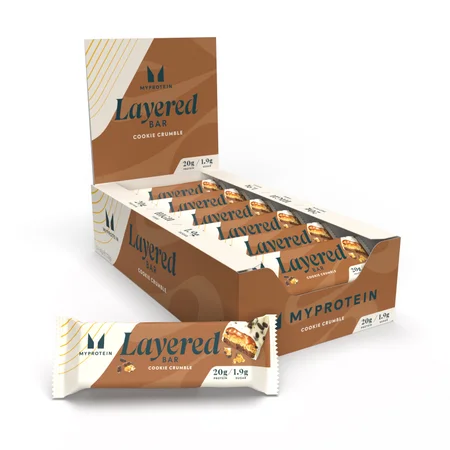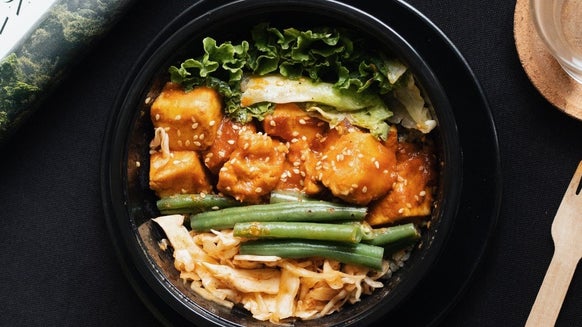Is Eat Healthy To Eat The Same Foods All The Time?

When you’re training and following a strict diet, you might find it easiest to stick to a routine.
Lean protein, veggies, healthy carbohydrate — this often turns into a routine of grilled chicken, broccoli, and rice. While these foods check off all the nutrition requirements, is it healthy to eat the same meal over and over?

What makes a diet “healthy”?
By definition, a healthy diet is one that contains a balance of the three macronutrients (carbs, protein, and fats) and an adequate amount of micronutrients (vitamins and minerals).
While broccoli, chicken, and rice meet a lot of these requirements, they don’t take into account entire other food groups, like dairy products or fruits.
Instead of eating exactly the same meal every day, consider what is the benefit of each food you favour and find substitutes to change up the routine. Varying your vegetables, for example, will give you a wider variety of nutrients.
Broccoli is a cruciferous vegetable which contains healthy amounts of Vitamin K, Vitamin C and folate, but it doesn’t contain much beta-carotene and Vitamin A like carrots or red peppers.
Eat the rainbow
When it comes to your veggies, think about eating a different colour each day. This will inherently give you a wider variety of nutrients. If you really love broccoli, have it with some diced peppers mixed in, or steam it alongside some eggplant.
Don’t limit fruit because of its natural sugar content as it’s also packed with fibre and vitamins and minerals, as well as healthy carbs that won’t cause a huge spike in blood sugar.
Protein: keep it lean
Although grilled chicken is super easy to prepare, there are lots of other lean protein options to choose from. Fish is a great choice — whether it’s as simple as canned tuna or salmon or grilled filets of white fish, try to incorporate it a few times per week.
Keep your grilled chicken for part of your lunch and rotate fish with your dinner meals. If you’re choosing beef or pork products, try to find the lean cuts and limit the added fat and breading when cooking.
Carbs: not the enemy
Unless you’re following the keto diet, you probably have some level of carbohydrate in your diet. Although rice is easy to prep in a huge batch, consider trying other grains (especially whole grains) like buckwheat or quinoa.
Whole grains are less processed and contain more protein than refined grains - even choosing brown rice instead of white rice occasionally will give you more nutrition.
Sweet potatoes are another popular carb choice, counting as both a carb and a vegetable due to its nutrition profile. Dairy foods can count as part of your carb total for the day thanks to the naturally occurring lactose (milk sugar) it contains too.
Other components of a healthy meal plan
Make sure you’re getting a source of calcium to keep your bones strong (whether from dairy products or dairy substitutes that have calcium added) and healthy fats for your heart, brain, and to fight inflammation.
You can cover these bases by choosing foods in other groups that give multiple benefits - like salmon, a fish high in Omega-3 fatty acids.
Spinach, kale, and mustard greens (among others) can help hit your calcium goals daily. If you’re a vegetarian, make sure you’re choosing plants that contribute protein to your diet and monitor your iron and B12 levels.
Do I need to take vitamins?
If you have a food allergy or intolerance to entire food groups or trouble branching out to cover your nutritional needs, you can talk to your doctor about possibly needing a supplement. If you get a wide variety of protein, fruits, vegetables, and healthy fats, your food intake will likely cover all your bases.
How to make meal prep easier
Think about varying your food for the week, not just the day. If you love your chicken, broccoli, and rice meal, maybe have it for lunch one day and dinner the next and rotate in some fish, peppers, and potatoes instead.
If you get creative, you can apply the same meal prep principles to a wider variety of foods. Plan your meals in advance, set aside time to have some chopping and prep done ahead of time, and make it easy to make healthy food choices.
Take Home Message
While there’s nothing wrong with eating the same meal a few times per week, you’ll get a better overall nutrition intake by varying your food choices — but keep the same healthy principals — protein, veggies and fruits, and healthy carbs.

Claire is a Registered Dietitian through the Academy of Nutrition and Dietetics and a board-certified Health and Wellness Coach through the International Consortium for Health and Wellness Coaching. She has a Bachelor of Science in Biology and a Master’s degree in Clinical Dietetics and Nutrition from the University of Pittsburgh.
Talking and writing about food and fitness is at the heart of Claire’s ethos as she loves to use her experience to help others meet their health and wellness goals.
Claire is also a certified indoor cycling instructor and loves the mental and physical boost she gets from regular runs and yoga classes. When she’s not keeping fit herself, she’s cheering on her hometown’s sports teams in Pittsburgh, or cooking for her family in the kitchen.
Find out more about Claire’s experience here.






